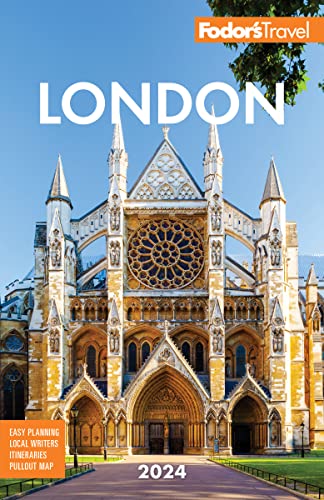Home to London's most photogenic pigeons, Trafalgar Square is the official center of the district known as Westminster, nominally a separate city but in fact the official center of London. What will bring you here are the two magnificent museums on the northern edge of the square, the National Gallery and the National Portrait Gallery. From the square, two boulevards lead to the seats of different areas of governance. The avenue called Whitehall drops south to the neo-Gothic Houses of Parliament, where members of both (Commons and Lords) hold debates and vote on pending legislation. Just opposite, Westminster Abbey is a monument to the nation’s history and for centuries the scene of daily worship, coronations, and royal weddings. Poets, political leaders, and 17 monarchs are buried in this world-famous, 13th-century Gothic building. Sandwiched between the two is the Jewel Tower, the only surviving part of the medieval Palace of Westminster (a name still given to Parliament and its environs). Halfway down Whitehall, 10 Downing Street is both the residence and the office of the prime minister. One of the most celebrated occupants, Winston Churchill, is commemorated in the Churchill War Rooms, his underground wartime headquarters off Whitehall. Just down the road is the Cenotaph, built for the dead of World War I and since then a focal point for the annual remembrance of those lost in war.
The Mall, a wide elegant avenue beyond the stone curtain of Admiralty Arch, heads southwest from Trafalgar Square toward the Queen Victoria Memorial and Buckingham Palace, the sovereign's official London residence. The building is open to the public only in summer (and for tours on select dates throughout the year), but you can see highlights of the royal art collection in the Queen's Gallery and spectacular ceremonial coaches in the Royal Mews, both open all year. Farther south toward Pimlico, Tate Britain focuses on prominent British artists from 1500 to today.
The main drawback to sightseeing here is that half the world is doing it at the same time. So, for a large part of the year a lot of Royal London is floodlit at night (when there's more elbow room), adding to the theatricality of the experience.






